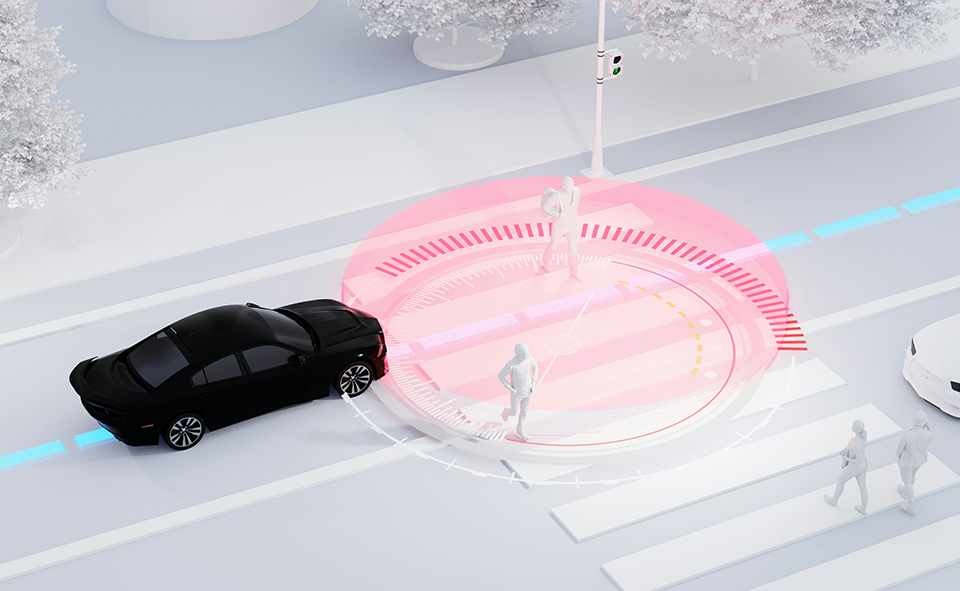For self-driving vehicles to make the leap into urban traffic, it’s not enough for their sensors to simply see the world: they must also understand and react with reliability. The SCL’s research focus is not just creating smarter algorithms, but building integrated systems that handle the complexity of city life. As Dr. Szilárd Aradi explains, “Machine learning-based methods are excellent at recognizing patterns, but they struggle with new situations. That’s where control theory models come in—they predict how a vehicle will behave under different circumstances, based on the laws of physics.”
Effective autonomous vehicles require synthesizing data from cameras, radars, and laser scanners in a process known as sensor fusion. This is essential so that self-driving cars can interpret incomplete or even conflicting pieces of information and form a clear picture of their surroundings.
A particularly interesting area of research is the design of safe emergency maneuvers. Imagine sudden obstacles—like a fallen branch in a storm—looming ahead at high speed and poor visibility. The onboard system must instantly calculate the safest path and speed, factoring in how other road users might react as well. Another advanced feature? Continuous rear monitoring. While humans only glance intermittently at the rearview mirror, an autonomous system can constantly track what’s happening behind, and if a fast-approaching car poses a risk, even accelerate to avoid a crash if possible.
As SCL’s experts emphasize, true autonomous driving in city environments relies on the transparent, predictable operation of the entire system, not just perfect sensors or a single “magic” algorithm. This holistic approach will gradually allow autonomous vehicles to transition from closed test tracks to the bustling reality of urban traffic. (CIVILHETES)




